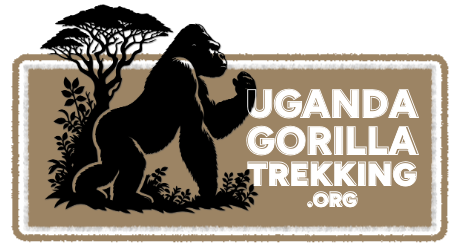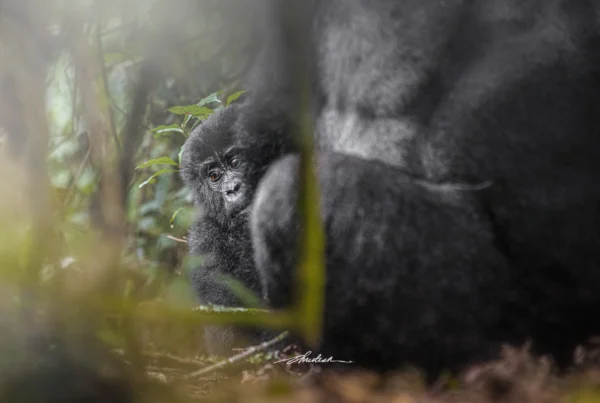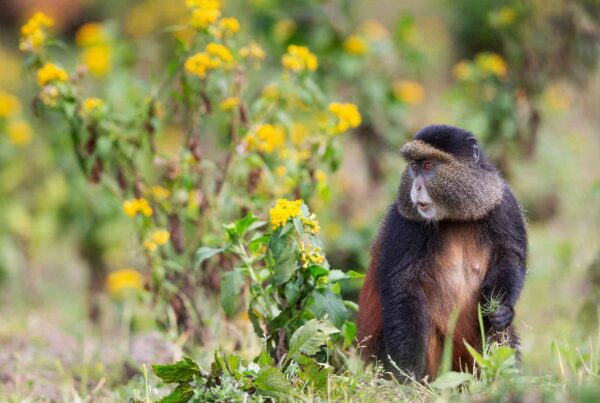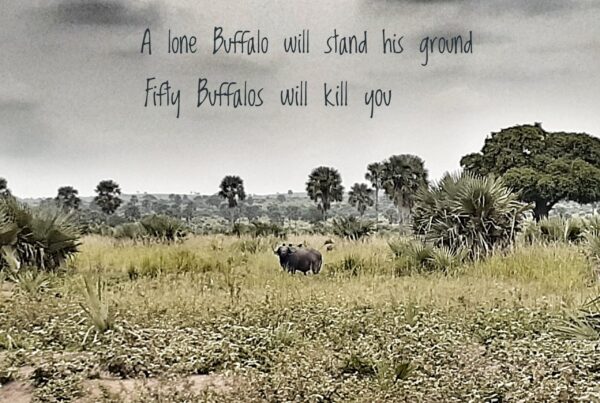H1: Best Time for Gorilla Trekking in Uganda – Monthly Breakdown for 2025
Gorilla trekking in Uganda is not just a tour — it’s a once-in-a-lifetime emotional journey into the beating heart of the wild. But when exactly is the best time to set off into the misty rainforests of Bwindi or Mgahinga? The answer lies in understanding Uganda’s two distinct seasons and how they influence trail conditions, permit availability, photography opportunities, and your overall trekking experience.
In this 2025 monthly guide, we’ll help you navigate the best time to go gorilla trekking in Uganda — from dry season advantages to the hidden perks of the rainy months. Whether you’re looking to trek in peak comfort or prefer solitude and discounts, this guide offers the clarity you need to plan your perfect gorilla encounter.
H2: Uganda’s Seasons – A Quick Overview
Uganda, straddling the equator, experiences a tropical climate with two rainy seasons and two dry periods. These seasons impact the ease of trekking, the availability of permits, and even how close the gorillas are to the trails. Here’s how the year breaks down:
Dry Season (Best Time): June to September and December to February
Wet Season (Low Season): March to May and October to November
While gorilla trekking is possible all year round, these seasonal variations dramatically shape the nature of your adventure.
H2: Dry Season – June to September and December to February
The dry seasons are widely regarded as the best time to trek gorillas in Uganda, especially if you want a smoother, more comfortable trail experience.
In June, July, August, and early September, Uganda sees little rainfall. Trails are drier, visibility is higher, and trekking conditions are ideal. The forest canopy still holds onto its mystique — with birdsong echoing through filtered sunlight — but the muddy, slippery challenges of the rainy season are less common. This makes it perfect for travelers of all fitness levels, including families and older adventurers.
The second dry season, from mid-December through February, is also an excellent time. While slightly warmer, it offers equally favorable trekking conditions and tends to be less crowded than the June–August window. It’s a great choice if you’re aiming for a festive holiday trek or an early-year reset in nature.
Because these months are in high demand, gorilla permits and lodge space sell out fast. It’s highly recommended to book at least 3 to 6 months in advance to secure your ideal trekking date and preferred accommodations.
H2: Rainy Season – March to May and October to November
The wet seasons, often called the low seasons, are March to May and October to November. These months see heavier rainfall, which makes the trails muddier and more challenging. Trekking during this time requires stronger boots, more patience, and a deep love for raw wilderness.
But here’s the hidden magic: the rain doesn’t dampen the thrill of a gorilla encounter. In fact, these months offer a lush, verdant jungle, where every leaf glows and the forest seems to hum with life. There are fewer tourists, making the experience quieter and more intimate. Lodge rates often drop significantly, and you might find easier last-minute permit availability.
Also, since food is more abundant closer to the base of the mountains, gorilla families tend to stay nearer the starting points, reducing trekking distance — a huge plus for travelers with limited physical capacity.
If you’re a passionate photographer or love the romance of mist and rain, the low season could offer a more cinematic, emotionally resonant encounter with the gorillas.
H2: Month-by-Month Breakdown for 2025
Let’s take a closer look at how each month shapes your trekking experience:
January & February: Dry season, ideal weather, great visibility, and moderate crowds. Perfect for early planners.
March to May: Wettest period. Expect slippery trails and lush foliage. Great for discounts and solitude.
June to August: Peak season. Best weather conditions, but high competition for permits and accommodations.
September: Transition month. Still dry, but slightly fewer tourists. Excellent balance.
October & November: Short rains return. Fewer visitors, lower prices, and gorillas are closer to the trailheads.
December: Dry season begins again. Festive season hikes are popular — plan early if trekking around Christmas.



